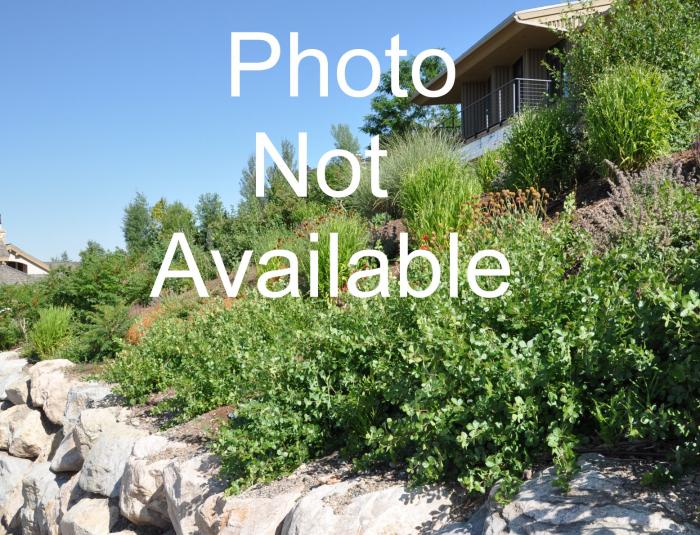| Botanical Name: Quercus bicolor | |
| Common Name: Swamp White Oak |

-
Anatomy
-
Culture
-
Design
Plant Type
Tree
Height Range
40-60'
Flower Color
Yellow
Flower Season
Spring
Leaf Color
Dark Green
Bark Color
Brown
Fruit Color
Brown
Fruit Season
Summer, Fall, Persistent
Sun
Full
Water
Medium, Extra in Summer
Growth Rate
Moderate
Soil Type
Clay, Loam, Rocky
Soil Condition
Average, Rich, Poor, Well-drained, Moist, Dry
Soil pH
Acid, Neutral
Adverse Factors
n/a
Design Styles
Formal, Mediterranean, Ranch, Spanish, Woodland
Accenting Features
Fall Color, Silhouette, Specimen
Seasonal Interest
Winter, Summer, Fall
Location Uses
Background, Lawn, Park
Special Uses
Screen, Shade Tree
Attracts Wildlife
Butterflies, Wildlife
Information by: Stephanie Duer
Photographer:
Photographer:
-
Description
-
Notes
Swamp white oak is a medium sized, deciduous tree with a broad, rounded crown and low branching habit, typically growing at a moderate rate to a height of 50 to 60 feet tall and wide. Leaves are dark, shiny green above and silvery white beneath, with rounded lobes or blunt teeth along the margins. Fall color is yellow, but sometimes reddish purple. Insignificant flowers in separate male and female catkins in spring. Fruits are acorns which mature in early fall. Native to the Missouri River Valley and Midwest, it is found in moist to swampy locations in bottomlands and lowlands, such as along streams and lakes, valleys, floodplains, and at the edge of swamps, though it has surprisingly good drought resistance, especially when planted in clay soils.
Grow in loamy to clay-loam to clay soils in full sun. Useful as a shade tree, for lawn areas, as a specimen, and for large areas. Oaks are best planted in the spring and through the summer, but generally not later than the end of September as they are slow to establish. Plant the smallest tree you can endure, as it will establish more quickly.